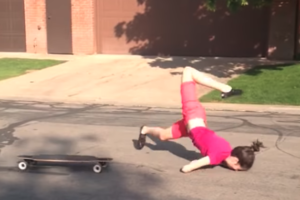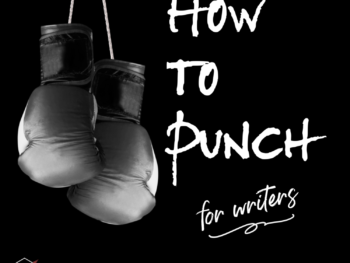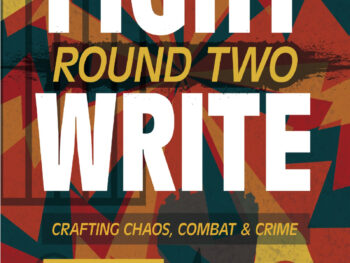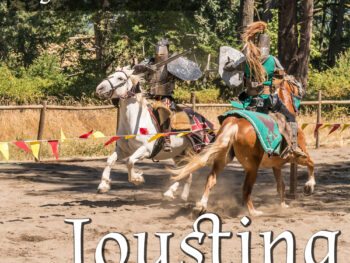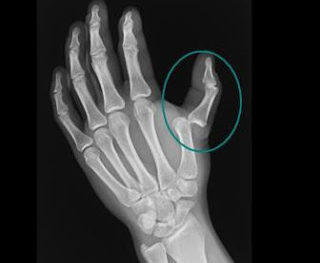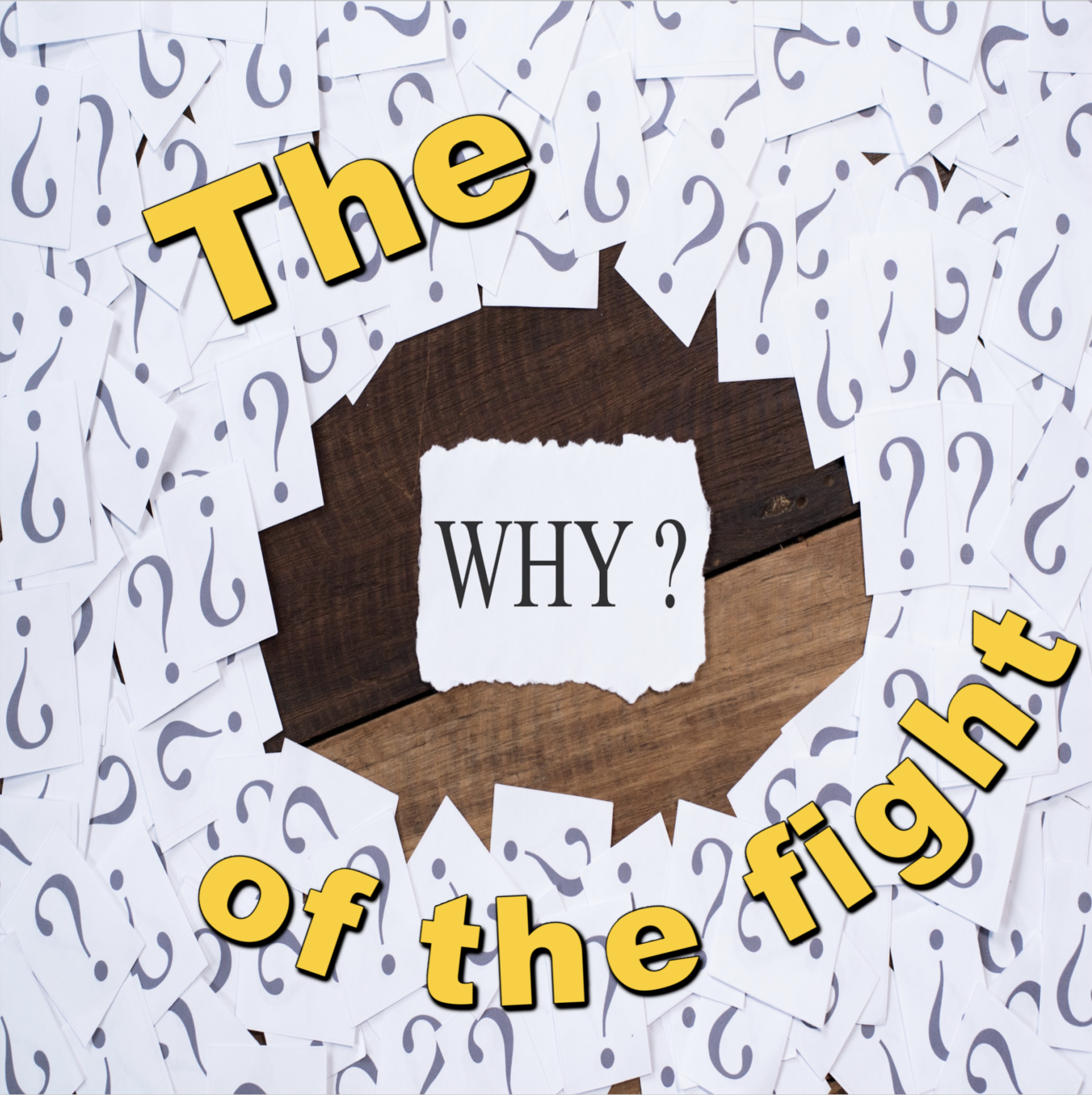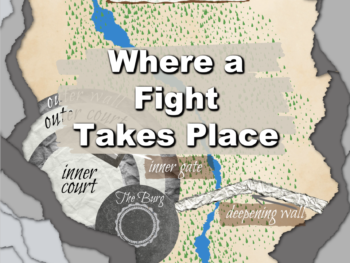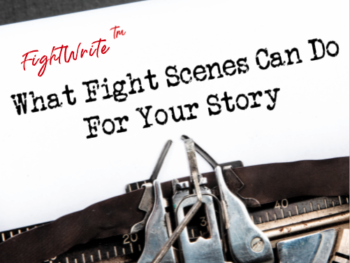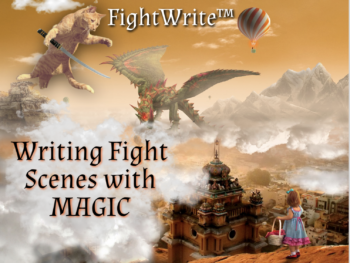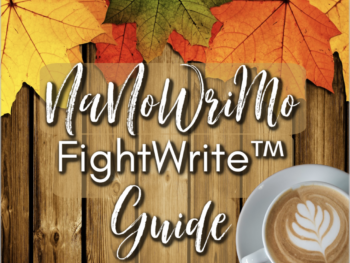In Writing Action – Large Movement, we focused on our characters and their movements in fight scenes. In Writing Action – What Not to Write we focused on us writers and what we should avoid when writing a fight scene. 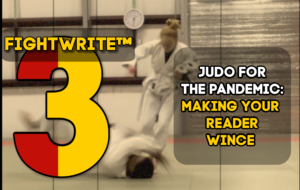 Today, we are going to look at how our readers’ brains connect with in a fight scene. See, I had a plan going with all this: character, writer, reader.
Today, we are going to look at how our readers’ brains connect with in a fight scene. See, I had a plan going with all this: character, writer, reader.
I am often asked why fight scenes so important. That is the first subject I tackle in my book. And, if I could, I would edit that portion of my work with the information I am giving you today. This will forever change how I teach the craft of writing fight scenes.
FightWriter, I submit that you have a greater opportunity to connect with your reader in your fight scene than in any other scene in your work. Know why? Because our brains wince.
Writing Action and Neurons
We humans have around 80 – 90 billion neurons in the brain. They have one job: send information. As far as we know there are three types of neurons in the body. One of those are motor neurons or motoneurons. These neurons control movement of the body both deliberate and unconscious. You go for a run – deliberate movement. Your heart beats faster – unconscious.
Mirror Neurons
In the early 90’s they discovered a special type of motoneuron. It fired when a person did an activity AND when they only saw that same activity being done. Because of that, they were dubbed “mirror neurons.” These mirror neurons are part of why we learn so well through human demonstration versus symbol demonstration. For example, let’s say all the moves that I do in jiujitsu were coordinated with a symbol. A star meant grab a sleeve, a circle meant grab a collar and so on. I am far less likely to remember a technique looking at symbols versus if I see my coach doing it. That’s not just because I also have to translate the symbol to a movement which would be a real pain in the rump. It’s because the symbols aren’t going to fire my mirror neurons in a way that a human demonstrating the technique would. Stay with me. This relates to your fight scene.
When I see a human do something, I empathize with that movement. In other words, my mirror neurons fire in the same way as I were actually doing it. Now, if that movement is one that gives me joy, I may feel joy. When I see someone being tickled, I might laugh or smile because in that moment my mirror neurons are firing as if I am actually being tickled. Does that mean I feel the physical sensation? No. Does that mean I will always laugh when I see someone tickled? No. If I the face of the person being tickled is angry or clearly in pain, I probably won’t laugh. Even though tickling in an of itself might make me laugh, my brain is also taking in the facial expression and mirroring it as well.
In short, your brain sees everything and puts all the details it can about what it observed into a filing cabinet. When you see someone else do anything at all, your mirror neurons plunder that filing cabinet for information that will help you relate to and mirror an action mentally. Your brain even stores information that seems meaningless. For example, when I cook, I put my hand on my hip just like my mom did. My sister does the same. Why? Maybe because when we cook, our mirror neurons remember how our mom cooked with her hand on her hip. We relate that minor body position to the whole act of cooking.
How Mirror Neurons Affect a Fight Scene
So, what in the heck does this have to do with your fight scene? Everything! It is why we shouldn’t get too specific with technique. Our readers may have no context for those movements in their brain filing cabinet. We need to keep the moves general so their brain can say, “Oh, I know how to do that!” Mirror neurons are also why the physical ramifications of a fight matter so much more than the fight. These neurons know what pain looks like. Literally! And they may be part of why this pic makes us wince:
I got that from a YouTube video. Choose the pic for the full monty. That poor girl…
If when you looked at that pic you winced or said, “ooooh,” it might be because your mirror neurons. Even if your body has never been in this position, and, let’s hope not, glory, your mirror neurons put you into a mental face plant as much as they could because they want to relate. Your brain wants to make sense of things.
When your character feels pain and you put the look on their face, guess who also has the look on their face? Your reader. Even if not outwardly, they do inwardly. When your character doubles over in pain, runs for their life or feels a spray of blood on their face, the mirror neurons of your reader are taking that in and putting the reader in that place. Fight scenes can have a visceral effect on a reader in a way other scenes just can’t. Not only do the mirror neurons of your reader put them mentally in the place of the character, but if that character feels pain – jackpot! The readers’ mirror neurons will try to make a mental picture of that pain and sometimes when we imagine pain, our adrenal system picks up on it. That’s why scenes in books can give you goosebumps. Your brain is relating to what it’s reading that so well your adrenal glands are picking up on it. And that is what we want!!! We want our reader to be in the fight. We want them in the shoes of our character and guess what, our human brains are wired for that very thing. Thanks to mirror neurons, your fight scene can literally put your reader at the scene of the fight.
Phew! This post wore me out! I love brain stuff. Ok, to finish this post off, here’s a great video on mirror neurons and then some funny fails. In the latter, notice how often what you see makes you feel something physically. If that happens, it’s because what’s happening on the screen is happening to you.
Sort of.
Until the next round at FightWrite™.net, get blood on your pages.


